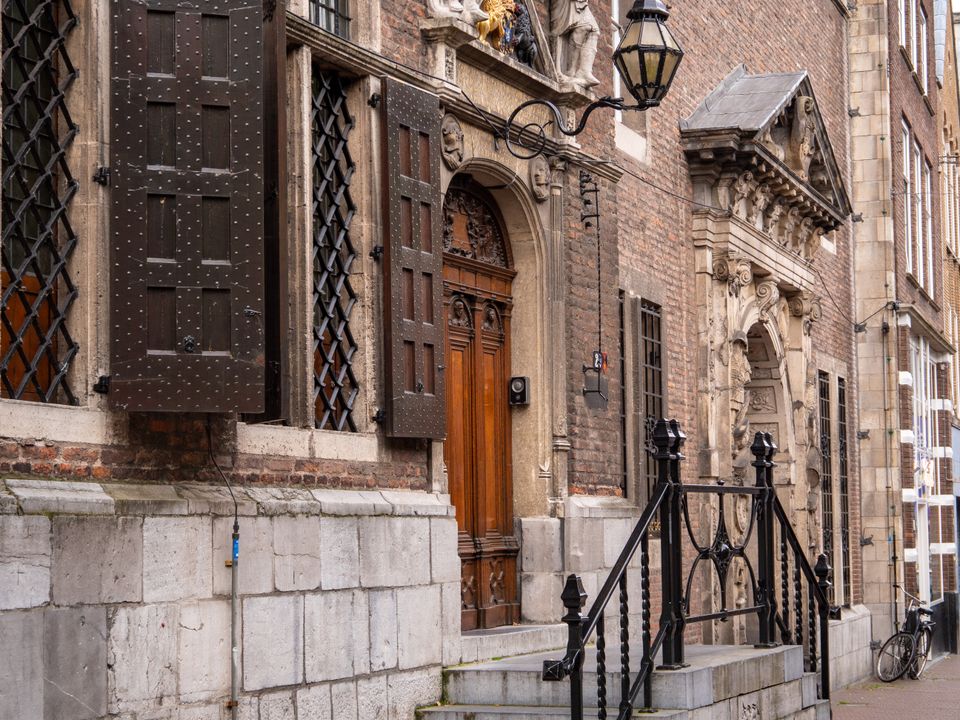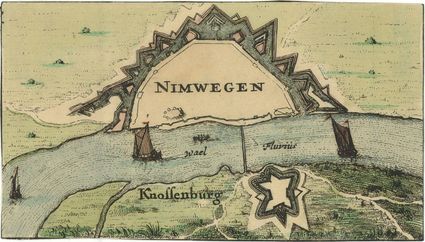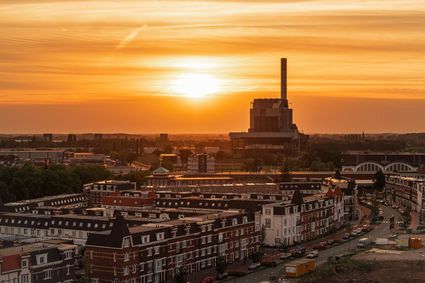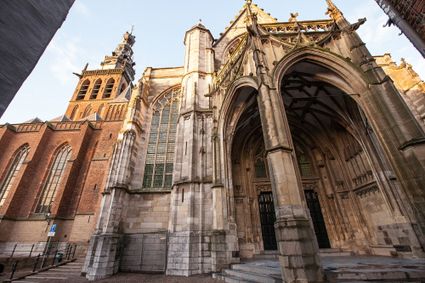The Plooi-eries, political murders in Nijmegen
Nijmegen is bursting at the seams with historical stories, ranging from leading figures to ordinary people, from neighbourhoods to political events. The Canon of Nijmegen encompasses the most important stories about Nijmegen’s history. One of these stories tells the tale of the political struggle between the Old and the New “Plooi.” How did this result in the murders of six regents in Nijmegen?
After the death of Stadholder William III in 1702, a struggle for political power arose between two rival factions of regent: the Old and New “Plooi.” This would eventually lead to the murder of six of these regents.
1675-1702: William III would elect the city council
In 1675, Stadholder William III had been granted the right to appoint the town council of Nijmegen, as the city’s way of thanking him for driving out the French troops that had occupied Nijmegen from 1672-1674. However, William’s policy of appointment soon aroused resistance: his focus on foreign policy meant that he repeatedly appointed the same regents, with whom he had close family and friendship ties. For years, the Beeckman, Roukens, Verbolt and De Beijer families dominated the council, which displeased many inhabitants of Nijmegen.
1702-1705: the struggle of the Old and New “Plooi”
Following William III’s death in 1702, the council appointed by the stadholder – the Old “Plooi” – decided to permanently take over the city’s administration. The prominent families in Nijmegen who’d been excluded from taking part in the administration since 1675 revolted in reaction to this, forming the New “Plooi.” Their rebellion gained support from the guilds, which had held a lot of influence on the administration during the Middle Ages. When six members of the current council, including mayor Willem Roukens, refused to give up their seats, the New “Plooi” deposed the entire council in June of 1702. A new council was elected, consisting of both old council members and guild masters.
 City Hall in Nijmegen
City Hall in Nijmegen
A short time later, the Old “Plooi” was restored to power with the help of the city’s garrison, but the New “Plooi” managed to once again recapture the town hall with the help of the people of Nijmegen. Meetings of the Old “Plooi” brought with them the threat of riots, so the new city council banished Willem Roukens and six of his supporters to be on the safe side. As a result, the Old “Plooi” decided to react with violence “so that we can breaks the necks of the new rulers,” and called in henchmen, who briefly occupied the town hall on August 7th, 1705. Supporters of the New “Plooi” managed to violently expel the mob on the same day, resulting in three casualties. The feeling of indignation among the New “Plooi” was so great that they hung five henchmen from the windows of the council chamber on the second floor, the present-day Trêveszaal, as a deterrent. Willem Roukens, who had been waiting outside the town hall for his plan to succeed, was taken prisoner. He was beheaded without a trial the next day.
Immerse yourself in the rich history of the oldest city in the Netherlands, because Nijmegen has a lot of stories to tell you. Curious? You can read all about it in this historical timeline.



